OWP
Hand-Crafted Decorative Cinnamon Bark Storage Boxes -Plain Smooth- Fair Trade-Vietnam
Hand-Crafted Decorative Cinnamon Bark Storage Boxes -Plain Smooth- Fair Trade-Vietnam
Couldn't load pickup availability
These plain boxes are made from cinnamon bark. They are a nice storage box for trinkets, tea bags, jewelry, and other small items. The fragrance of cinnamon has many beneficial properties making it popular with many aromatherapists. Because of its pleasant, warm, and strong aroma cinnamon is often an ingredient in many potpourris and room fresheners. The Cassia or cinnamon trees that are used to produce these boxes are a renewable resource and sustainably harvested.
- Medium Measures 4 3/4” high x 2 7/8” diameter
- Small Measures 3 1/8'' high x 2 7/8'' diameter
- Extra Small Measures 1 7/8'' high x 2 7/8'' diameter
Handmade in Vietnam and fair trade imported.
Famous for spice, Cinnamon is obtained from the dried inner bark of an evergreen tree that belongs to the Cinnamomum genus. During ancient times, cinnamon was considered a precious possession and was often given as a gift to kings or gods. Historical evidence claims that cinnamon was presented at the temples of the Greek-Roman gods Apollo and Miletus. In modern times, cinnamon is used as a very important spice/condiment in various cuisines across the world.
Cinnamon is yielded by growing the tree for 2-3 years and then coppicing it. Coppicing, a traditional method of woodland management, is the process of cutting the tree to the ground level and allowing it to grow again. The trees naturally reshoot from their stumps or roots, thus the tree is unharmed and regains its matured size. Cinnamon trees can yield productive barks for about 45 years, after which they are required to be replaced with a new seedling. Coppicing becomes an environmentally sustainable way to harvest cinnamon bark again and again from the same tree.
About the Artisans
About the Artisans
Au Lac Artisan Story- Vietnam
Famous for spice, Cinnamon is obtained from the dried inner bark of an evergreen tree that belongs to the Cinnamomum genus. During ancient times, cinnamon was considered a precious possession and was often given as a gift to kings or gods. Historical evidence claims that cinnamon was presented at the temples of the Greek Roman gods' Apollo and Miletus. In modern times, cinnamon is used as a very important spice/condiment in various cuisines across the world.
Cinnamon is yielded by growing the tree for a span of 2-3 years and then coppicing it. Coppicing, a traditional method of woodland management, is the process of cutting the tree to the ground level and allowing it to grow again. The trees naturally reshoot from their stumps or roots, thus the tree is unharmed and regains its matured size. Cinnamon trees can yield productive barks for about 45 years, after which they are required to be replaced with a new seedling. Coppicing becomes an environmentally-sustainable way to harvest cinnamon bark again-and-again from the same tree.
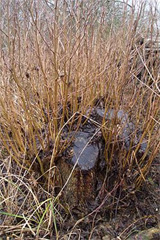
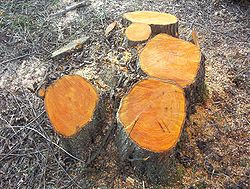
The bark is immediately processed after harvesting, while it is still wet. The outer hard cover is scraped out and beaten evenly to loosen out the inner bark - the real spice. Once peeled, the bark is placed in extended layers and then rolled to form quills. These are further sun dried; the dried barks curl up and are cut into smaller sticks, ready to be sold.
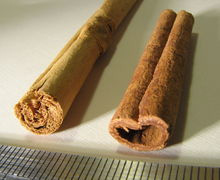
There are many health benefits to eating and smelling cinnamon. Cinnamon is a great source of manganese, fiber, iron and calcium. It is a natural food preservative, when added to food, it helps to inhibit bacterial growth and food spoilage. Cinnamon has been studied for helping arthritis, anti-clotting effect, and blood sugar balancing. The great news is that smelling cinnamon has been shown to boost cognitive function and memory.
So place these cinnamon boxes throughout your home!

Yen Bai, in the mountainous north central province of Vietnam is well known for its terraced fields of rice, mines of marble stone, and for its forests of cinnamon trees. Here in Yen Bai, many families work together harvesting cinnamon bark and follow a tradition of making crafts that has been handed down for generations.
Both men and women work together, with the average age being between 20 and 35 years, making boxes and other crafts from cinnamon bark. Traditionally, this segment of society represented the rural poor, but through fair trade organizations, like Au Lac Designs, they are receiving training, input on new designs, and marketing support for their products. Producing value added crafts from cinnamon bark is more profitable than exporting the bark as an agricultural product and provides the artisans with their primary means of support; Au Lac pays them a fair wage for their crafts which helps them support their families, provide education for their children, and improve their life.
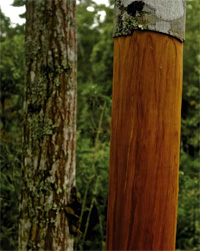
Farmers in the Yen Bai province have been planting forests as a means to increase their economic potential; with nearly 15,000 hectares of trees being planted each year, it is also a province with some of the largest forests in Vietnam. The cinnamon tree is one of the choice plantation trees because of the economic benefits of its inner bark. After only 6 years a mature tree can be harvested, the tree is cut to the ground, but the stump sprouts new branches and within four years it ready to again be harvested making the cinnamon tree an important renewable resource.
Materials
Materials
Care information
Care information
Share

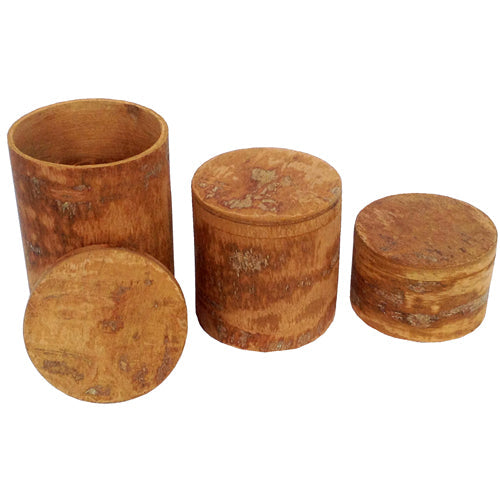
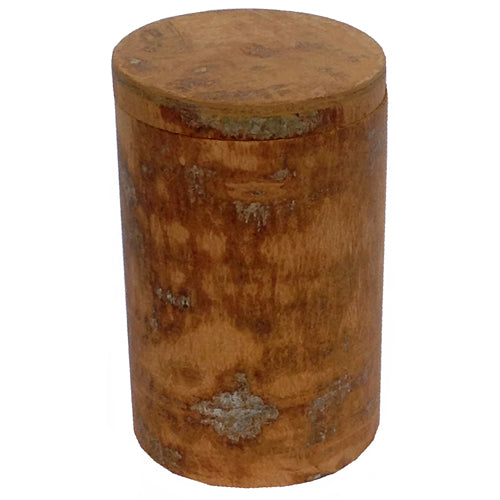


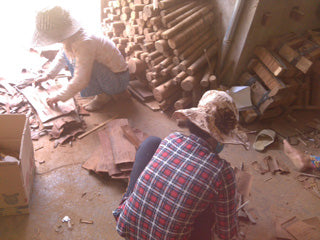
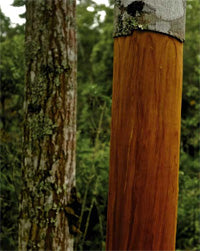
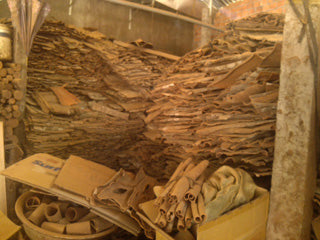
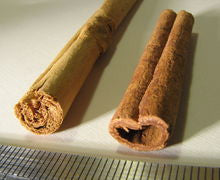
Subscribe to our emails
Subscribe to our mailing list for insider news, product launches, and more.









